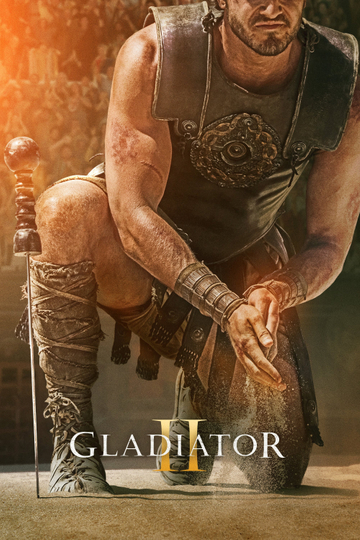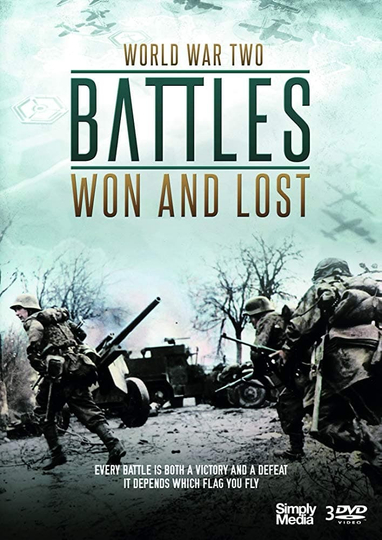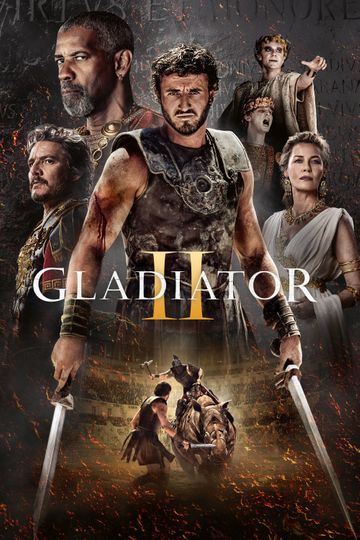Season 1 Episodes
1. Sudden Attacks
The battles of the first world war were battles of attrition, opposing armies hardly moving between lines of trenches. The battles of the second world war were much more dynamic. In this episode we study tank battles, blitzkrieg, commando raids, amphibious landings, and mobile warfare in the desert.
2. Overwhelming Force
The second world war involved conflict on an unprecedented scale. Its battles set new marks for the sheer size of forces deployed and for the power of their weapons. In this episode we study the first battle at sea, in which enemy ships never sighted each other and the largest army ever to march when Germany launched its invasion of the Soviet Union.
3. Flexible Strategies
A war that reached every continent and touched every sort of terrain demanded a wide variety of strategies and tactics. This episode examines battles fought at sea, and in the jungle, in city streets, invasions from the air, and tactical advances and retreats on the land.
4. Seizing Territory
Battles are almost always about territory, with the objectives of advancing the front line, seizing the port, the city, the oil field, and more. The fate of nations in the second world war rose and fell on battles that took territory. Singapore, Monte Casino, and even more on battles that failed to capture their objectives. In the skies over Britain or before the walls of Stalingrad.
5. Tactical Campaigns
Every war seized new tactics, some inspired, some desperate, that tried to influence the course of battles. Campaigns were waged against non military targets in an attempt to destroy morale. Suicide missions were launched when traditional weapons failed. And forces withdrew rather than fire on their fellow countrymen. These are the battles that rewrote the rules of engagement.
6. Fragmentation
A world war is a patchwork of actions. Land. Sea. Air. Massive, or small scale. The stories of these actions, are just as varied. This episode describes battles of amphibious forces, climate, geography, and the problems of supply.
7. Multidimensional Warfare
Through history, armies marched to face each other on favored ground and clashed to decide a campaign, a war, an empire. With the 20th century that changed. The battles of the WWII happened anywhere and everywhere, in freezing temperatures, arid deserts, and mercilessly humid jungles. These are battles in which enemy and allied soldiers struggled to adapt.
8. Turning Points of History
Some words transcend their origins as humble place names. They are carved into history as turning points which influenced the course of WWII, the fate of nations, and the make-up of our world. These words are indestructible. El Alameine, Okinawa, and Pearl Harbor.
























